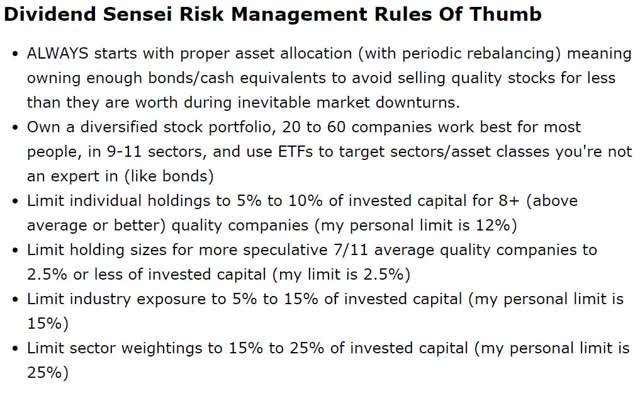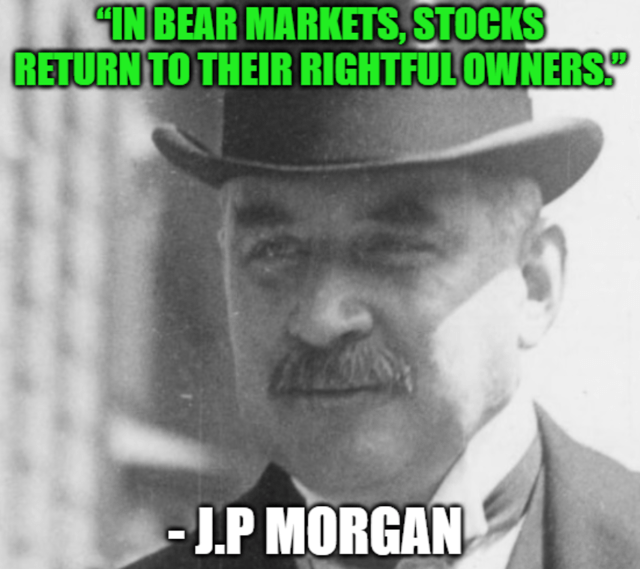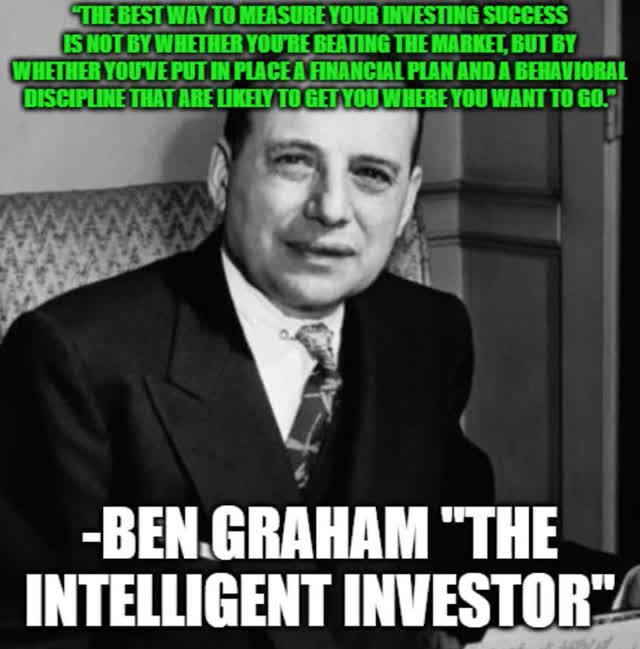Summary:
How frequent are these drops?
2% drop: common
10% drop: one every 2 years
20% drop: one every 5 years
40% drop: one every 25 years
A 2% drop is a normal fluctuation within a healthy market, not a crisis. Acting on emotion is the single biggest mistake an investor can make.
A 10% drop, officially considered a "market correction," is a different beast entirely from a 2% dip. It's sharper, more painful, and the sense of panic is palpable.
Since 1950, the S&P 500 has experienced a correction of 10% or more over 40 times. That's roughly one every two years. It's a normal, albeit unpleasant, part of investing. Every single one of them, to date, has been followed by a recovery and a new high.
A 10% correction is a test of your financial plan and your emotional fortitude. For a well-prepared investor, it's an expected part of the journey and can even be an opportunity. For the unprepared, it's a crisis. Your response should be dictated by your plan, not by the screaming headlines.
A 20% drop, officially crossing into "Bear Market" territory, is a profound psychological and financial event. The sense of fear is pervasive, and the "this time is different" narrative feels overwhelmingly convincing.
More common than most people think. Bear markets are a regular, though painful, feature of the investing landscape.
Frequency: Since World War II, there have been 14 bear markets (defined as a 20% or greater drop from peak to trough) in the S&P 500.
That's roughly one every 5-6 years. They are an inevitable part of the market cycle, not a bizarre anomaly.
Duration & Severity: On average, these bear markets last about 14 months and see a peak-to-trough decline of roughly 33%.
The Crucial Context: Recovery is the Norm. While painful, every single one of these bear markets has eventually been followed by a new all-time high. The bull markets that follow are, on average, much longer and stronger, lasting about 6 years with an average gain of over 160%.
The key takeaway: A 20% drop is a severe but normal event. It feels like the end of the world, but history shows it is a valley on the long-term path upward.
A 40% drop is a catastrophic event in the financial markets, known as a severe bear market or even a crash. These events are rare, but they are seared into the collective memory of investors because of the immense financial and psychological damage they cause.
In the modern history of the U.S. stock market (primarily using the S&P 500 and its predecessor indices as a benchmark), a peak-to-trough decline of 40% or more has occurred only a handful of times.
Since 1900, there have been five such devastating declines:
The Great Depression (1929-1932): The mother of all market crashes. The stock market plummeted nearly 90% at its worst point. A 40% drop was passed early on in a long, terrifying slide.
Cause: A speculative bubble, a banking crisis, and catastrophic economic policy (protectionist tariffs, monetary contraction).
Recovery Time: It took until 1954 for the market to regain its 1929 peak—over 25 years.
The 1937-1938 "Recession within a Depression": After a partial recovery from the lows of 1932, the market experienced another sharp drop of about -60% from its 1937 peak.
Cause: Premature fiscal and monetary tightening by the government and the Federal Reserve.
Recovery Time: The market did not sustainably exceed its 1937 peak until the post-WWII boom in the late 1940s.
The 1973-1974 Bear Market: A brutal, grinding bear market where the S&P 500 fell -48%.
Cause: The OPEC oil embargo, skyrocketing inflation ("stagflation"), and the collapse of the "Nifty Fifty" blue-chip stocks.
Recovery Time: It took 7.5 years for the market to reach a new inflation-adjusted high in 1982.
The 2000-2002 Dot-Com Crash: After the implosion of the tech bubble, the S&P 500 fell -49%.
Cause: Speculative mania in internet and technology stocks with no earnings, followed by a severe recession and the 9/11 attacks.
Recovery Time: The S&P 500 reached a new nominal high in 2007, but when adjusted for inflation, it did not fully recover until 2013.
The 2007-2009 Financial Crisis: The S&P 500 plunged -57% at its nadir.
Cause: A housing bubble, a crisis in subprime mortgages, and a resulting global financial system meltdown.
Recovery Time: The S&P 500 reached a new nominal high in 2013, about 5.5 years after the peak.




